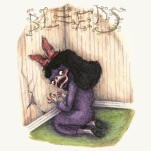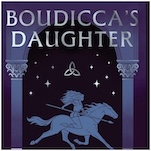John Cale Gets Redemptive and Playful on POPtical Illusion
The avant-garde songwriter and composer’s 18th studio album finds him still tricking audiences with pop songs whose lyrics hint at something much deeper and darker below the surface.

Listening today, with decades of distance and a lifetime of music at our fingertips, it’s difficult to imagine the seismic influence of the Velvet Underground and Nico’s self-titled album in 1967. Like the audience members who came close to rioting at the Parisian premiere of Stravinsky’s Rite of Spring, everyone who unpeeled Andy Warhol’s banana at the time of its release infamously went on to start a band (or so Brian Eno claimed). “Venus in Furs” is the artistic apex of the VU’s debut—the moment where John Cale’s influences from European classical composers and bleeding edge American avant-gardists seamlessly merged with Lou Reed’s streetwise poetry about sex, drugs and dominatrixes. No one before the VU had attempted to combine down and dirty rock ‘n’ roll with a droning, ritualistic viola, and nothing has sounded quite the same in the many years since.
-

-

-

-

-

-

-

-

-

-

-

-

-

-

-

-

-

-

-

-

-

-

-

-

-

-

-

-

-

-

-

-

-

-

-

-

-

-

-

-








































